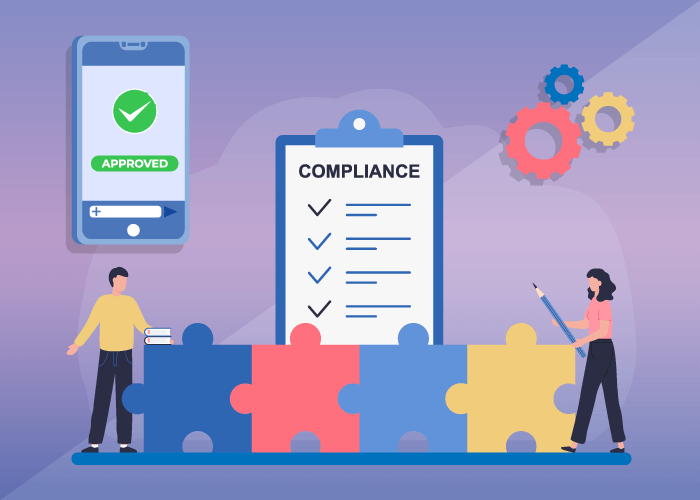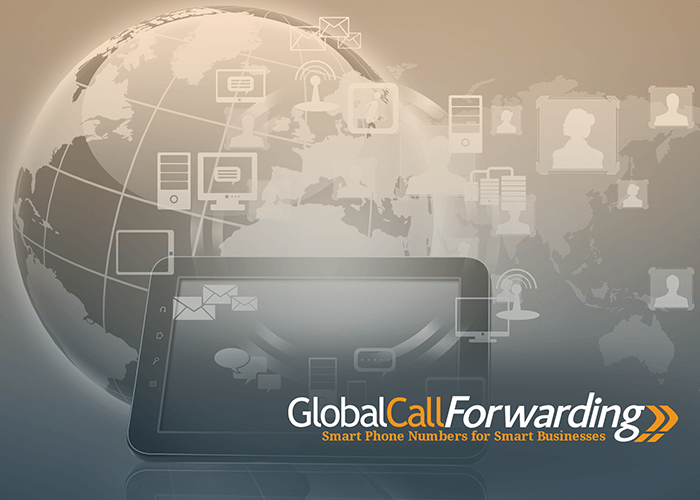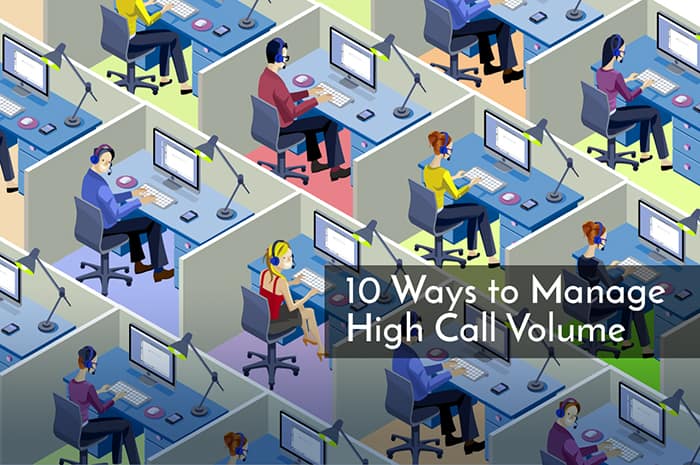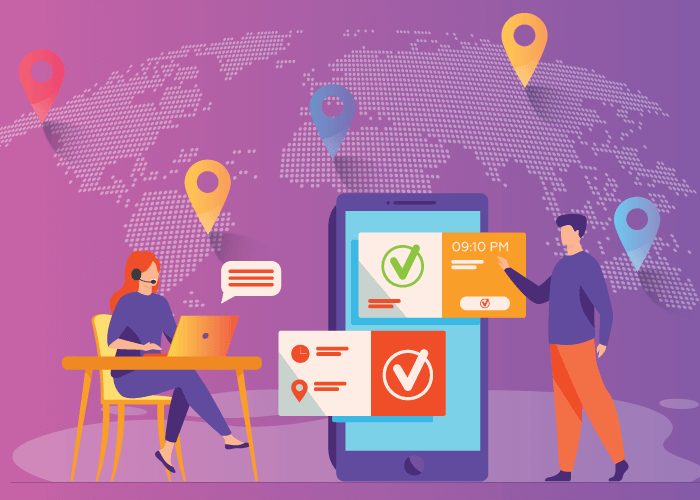If you’re looking for toll free numbers for your business, you’ll quickly notice that there are a number of available options. Deciding which one you want can be a little confusing, particularly if you’re not sure which type of toll free number is right for your company. To resolve any confusion, here is a rundown of the different types of toll free numbers, how they work, and where they work.
International Toll Free Numbers
When you subscribe to international toll free numbers, they will be allocated to the countries of your choosing. Your customers in those countries will be able to call you without any charge to them. Instead, your company pays for the cost of the call. This is a great way to expand your business throughout the world because it provides an inexpensive and efficient way to increase your communication and marketing. It also makes it much easier for clients to contact you.
So that your customers know that their calls will be free of charge, international toll free numbers are formatted with a different prefix than other numbers. The prefix will vary depending on the country the calls are being made from, but they are easily recognizable.
How Does International Toll Free Calling Work?
Let’s say that your company is located in the United States, but you have a significant customer base in the U.K. Those British customers may be reluctant to call you because they would have to pay costly long-distance calling charges. They would also have to mess around with tricky long-distance calling codes. Market research shows that these two factors will reduce communications with your customers, decrease your leads, and cut your revenue.
This is where international toll free numbers come in. In this case, you can avoid the problem by purchasing a U.K. toll free number, from a company such as Global Call Forwarding. That makes it free for all your British customers to call you, and all calls will be easily redirected to your mobile phone, office landline or customer service center in the U.S.
How Toll Free Numbers Can Improve your Metrics
The important thing to remember when you buy international toll free numbers is that you can make each one serve its own purpose. In this way, you can track the effectiveness of your marketing strategies. For example, let’s say you are advertising your product or service in several places simultaneously. These are:
- Your website
- Television
- Newspaper
- Email newsletter
You could use a different toll-free number for each of these mediums, that way you would be able to track each lead to its original source. Armed with this information, you can adjust your marketing strategies to be more effective where necessary. You will also need to find out any restrictions before you purchase a new number, such as whether the phone number will work with mobile phones or not.
Are There Any Universal Toll Free Numbers?
Many business owners want to know if they can purchase toll free numbers that are free to call from anywhere in the world. Unfortunately, global toll free numbers, in this sense, do not exist. However, there is something similar. This is called a universal international freephone number (UIFN).
Although UIFNs aren’t universal toll free numbers, they can be used to make toll free calls from several different countries. These numbers do come with some restrictions, including:
- Each UIFN must be registered in a minimum of two countries.
- Each UIFN must be in service for a minimum length of time, this being at least 180 days from the day you subscribed to it.
How UIFNs Work
UIFNs take a current toll free number and turn it into an international number by adding an extra digit. Now you have an 11-digit number that doesn’t alter the integrity of your existing toll free number. For example, if your original toll free number was 1-800-FLOWERS, it would then become +8000-FLOWERS. This method allows you to maintain your original vanity number while enabling your business to receive calls from other countries. By making just this slight variation, you have extended your global reach, while also boosting your brand awareness.
If you need a toll free number that can be used in several countries, a UIFN may be a good choice for your company. Make sure to check the restrictions, and shop around for set-up fees because they can be expensive.
Virtual International Phone Numbers
If you haven’t heard of virtual international numbers, you may have heard of DID (direct inward dialing) as they are sometimes referred to. This is a type of international toll free number that is not tethered to an actual phone line. Instead, calls made via a virtual phone number are rerouted by the service provider to your office phone, customer service team, or even your personal cell phone. This type of toll free number sometimes comes with a host of special features. For example, virtual phone number provider Global Call Forwarding also offers failover forwarding, blacklisting and whitelisting, SMS forwarding, voicemail to email, and time of day routing.
Virtual toll free numbers can route calls originating from several sources such as:
- Mobile phones
- Voice over Internet Protocol (VoIP)
- Public switched telephone network (PSTN)
This means you can receive calls from all over the world from practically any platform to any platform.
When you begin your search for an international toll free number, the main thing to be aware of is that there are many competing companies in the market, each offering different packages and different services for differing fees. A certain number of different factors will influence your final choice, such as the size of your company, your budget, how much global exposure you have or want, etc. The best virtual international phone number providers do not charge activation or set-up fees, in most cases, and the virtual numbers should be available within just a few minutes. Furthermore, you should not be required to make a long-term commitment, and you should be able to cancel at any time without incurring a penalty.








